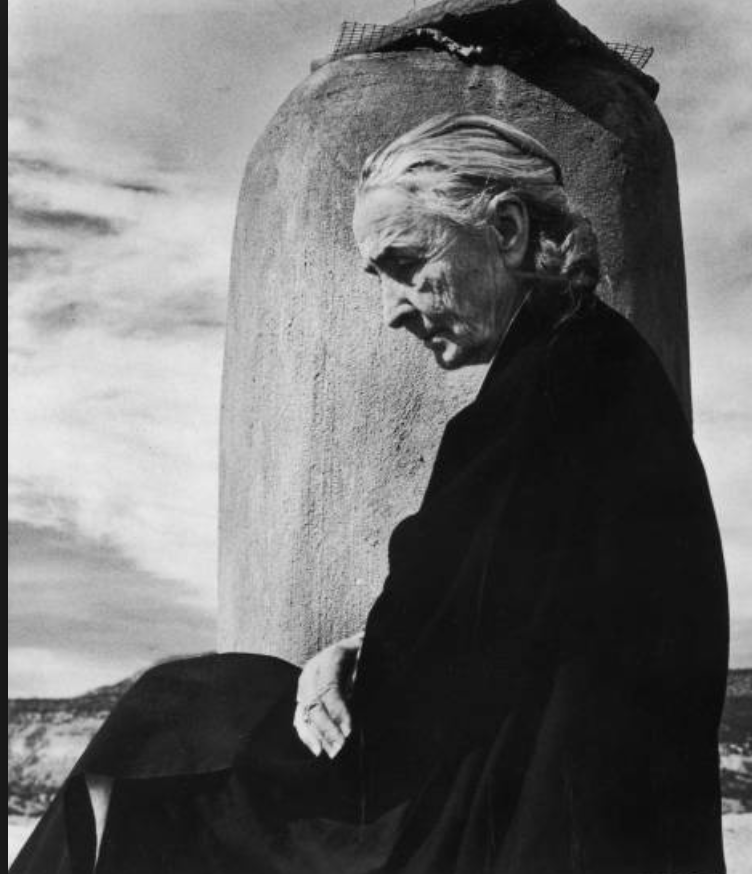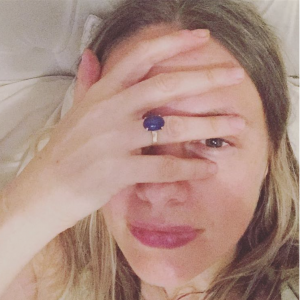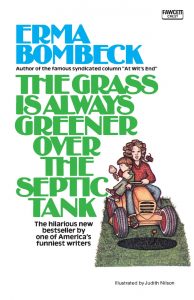 Though the painter Georgia O’Keeffe has been dead for thirty years, she is remembered best as an old woman clad in billowing robes and squinting against a Southwestern sky. This is more unusual than you might think, for once most people die, their oldest self is not what lingers in our memory. Instead, a younger iteration is restored to our consciousness, a la Audrey Hepburn in “Breakfast at Tiffany’s” or “Thriller”-era Michael Jackson. Just the fact that it’s not preposterous to compare O’Keeffe to these two pop touchstones says a lot about the iconic status she actively cultivated in her later years. This spring, a Brooklyn Museum of Art exhibit, Georgia O’Keeffe: Living Modern examines how she subverted conventional tropes of gender, age, and beauty with a dry eye still very much admired today – and how she served as both art and artist long before such a conflation of roles was common.
Though the painter Georgia O’Keeffe has been dead for thirty years, she is remembered best as an old woman clad in billowing robes and squinting against a Southwestern sky. This is more unusual than you might think, for once most people die, their oldest self is not what lingers in our memory. Instead, a younger iteration is restored to our consciousness, a la Audrey Hepburn in “Breakfast at Tiffany’s” or “Thriller”-era Michael Jackson. Just the fact that it’s not preposterous to compare O’Keeffe to these two pop touchstones says a lot about the iconic status she actively cultivated in her later years. This spring, a Brooklyn Museum of Art exhibit, Georgia O’Keeffe: Living Modern examines how she subverted conventional tropes of gender, age, and beauty with a dry eye still very much admired today – and how she served as both art and artist long before such a conflation of roles was common.
Curated by Stanford art historian Wanda M. Corn, the show (which later will travel to the Reynolda House Museum of American Art in Winston-Salem, North Carolina, and the Peabody Essex Museum in Salem, Massachusetts) includes dozens of O’Keeffe paintings and a few of her sculptures, as well as key elements of the artist’s wardrobe, much of which she made herself. (Her boast of being a “wonderful seamstress” in her autobiography is not wrong, if characteristically immodest.) The show also includes nearly a hundred photographs of O’Keeffe by such twentieth-century heavy-hitters as husband Alfred Stieglitz, and Ansel Adams, Cecil Beaton, Andy Warhol, Bruce Weber, and Irving Penn. Continue Reading →


